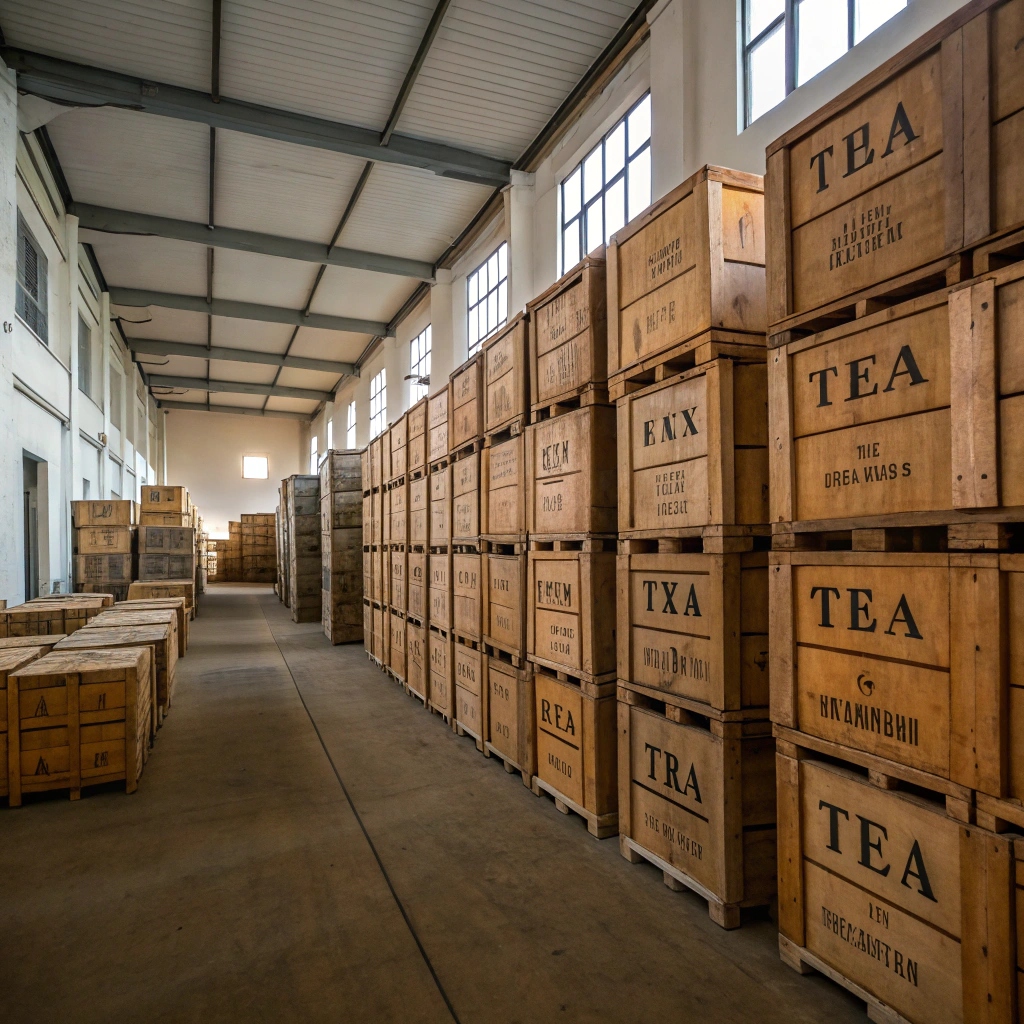China, the birthplace of tea, has long been a global leader in tea production and export. Its diverse tea varieties—such as green tea, black tea, oolong, pu-erh, and white tea—are celebrated for their unique flavors and cultural significance. In recent years, the European Union (EU) has emerged as a key market for Chinese tea exports, driven by growing consumer interest in premium, health-oriented beverages. However, the market also presents challenges tied to regulations, competition, and shifting consumer preferences.
Market Overview
- Export Volume and Growth
- China exported approximately 140,000 tons of tea in 2022, with the EU accounting for roughly 15–20% of total exports (China Customs Data). Key EU importers include Germany, the UK, France, and the Netherlands.
- Green tea dominates sales (over 70% of exports), prized for its health benefits and delicate taste. Specialty teas like pu-erh and jasmine tea are gaining niche popularity.
- Consumer Trends
- EU consumers increasingly prioritize organic, fair-trade, and sustainably sourced teas. Demand for premium, single-origin teas and wellness-focused blends (e.g., detox, herbal-infused) is rising.
- Younger demographics show curiosity about Chinese tea culture, driven by social media and specialty tea shops.
Challenges
- Stringent EU Regulations
- The EU enforces strict limits on pesticide residues (e.g., MRLs—Maximum Residue Levels) and heavy metals. Non-compliance can lead to rejected shipments or recalls.
- New regulations, such as the European Green Deal and Farm to Fork Strategy, emphasize sustainability, requiring eco-friendly packaging and carbon-neutral supply chains.
- Competition
- Established players like India, Sri Lanka, and Kenya dominate the black tea market.
- EU-grown herbal teas (e.g., chamomile, mint) and premium Japanese matcha compete with Chinese offerings.
- Cultural and Logistical Barriers
- Many EU consumers lack familiarity with traditional Chinese teas (e.g., pu-erh, oolong), often perceiving them as complex or intimidating.
- High tariffs and logistics costs (e.g., shipping, certifications) squeeze profit margins for small exporters.
Opportunities
- Premiumization and Branding
- Positioning Chinese teas as luxury products with storytelling (e.g., terroir, ancient traditions) can justify higher prices. Brands like TWG Tea and TeaVivre have successfully leveraged this strategy.
- Collaborations with European tea blenders or wellness brands could expand reach.
- Certifications and Sustainability
- Obtaining EU organic certification, Fairtrade labels, or Rainforest Alliance approval enhances marketability.
- Emphasizing eco-friendly practices (e.g., biodegradable packaging, carbon offset programs) aligns with EU consumer values.
- E-commerce and Direct-to-Consumer Models
- Online platforms (e.g., Amazon, Alibaba’s Tmall Global) enable Chinese brands to bypass traditional distributors and engage directly with EU buyers.
- Virtual tea tastings and educational content can demystify Chinese tea culture.
- Niche Markets
- Targeting health-conscious consumers with functional teas (e.g., antioxidant-rich green tea, weight-management pu-erh) taps into the EU’s wellness boom.
- Artisanal teas, such as hand-rolled oolongs or aged pu-erh, appeal to connoisseurs and collectors.
Case Study: Success of Chinese Green Tea
- Longjing (Dragon Well) tea, a premium Chinese green tea, has seen rising demand in Germany and Scandinavia. Its success is attributed to:
- Marketing its antioxidant properties and ties to Chinese heritage.
- Partnerships with European organic retailers like Alnatura and Dennree.
Conclusion
While Chinese tea faces hurdles in the EU market, its rich heritage, diverse portfolio, and alignment with health trends offer significant potential. To thrive, exporters must prioritize quality compliance, invest in storytelling, and adapt to sustainability demands. As EU consumers continue to explore global flavors, Chinese tea is poised to steep itself deeper into Europe’s beverage culture—one cup at a time.

Leave a Reply